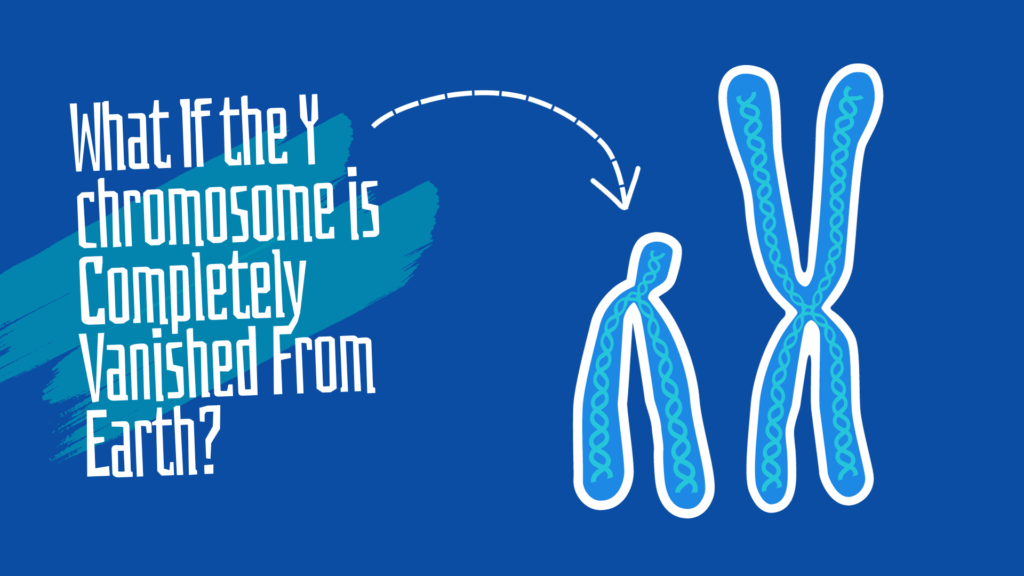“Genome-wide Bioinformatic analysis and in vitro studies identified the intriguing role of the simple sequence repeats in neural cellular differentiation.”
Research published on 28 Dec 2023, Journal of Human Genetics, Chung, et al.
Read more: Recent Research Has Identified 26 Novel Variants in Hemophilia.
Key Topics:
What are Simple Sequence Repeats?
Among the 97% noncoding human genomic portion, approximately >50% part is occupied by repetitive DNA sequences. These sequences are either interspersed or tandemly repeated.
Categories of repetitive sequences, based on their length are microsatellites (1 to 9 bp units ), minisatellites (10 to 60 bp units) and satellites (>60 bp units). All 3 tandem repeat sequences have been collectively known as Simple Sequence Repeats or Simple Repeated Sequences or Just SRS!
| Type | Repeat Length Range | Repeat units | Function/Role |
|---|---|---|---|
| Microsatellites | 1 to 9 nucleotides (nt) | 5 to 200 times | Genetic markers, forensic identification |
| Minisatellites | 10 to 60 nucleotides (nt) | 10 to 1500 times | Genetic markers, variable number tandem repeats |
| Satellites | More than 60 nucleotides (nt) | Varies | Components of DNA, RNA, or artificial satellites |
Tandem simple sequence repeats are located one after another in the genome and so have definite numbers. SRS numbers vary in different individuals, although. Interestingly, the shorter SRSs are highly polymorphic in nature.
Thus, SRSs have widespread applications in genetic mapping, forensic analysis, population genetic studies, evolutionary studies and ancestry studies. However, the repeat numbers are highly regulated; uncontrolled repeat expansions are associated with a disease condition.
For example Fragile X syndrome and Huntington’s disease. This signifies that they do not have any significant role in protein synthesis but still, contribute to disease conditions.
The Present Research
However, contradicting the previous beliefs, the present research published by scientists from the Central of Developmental Neurology, New Hunt’s House, King’s College London, UK demonstrated a new feature of the simple repeated sequences.
Chung et al. (2023) showed that SRSs are transcriptionally active during the neuronal development and differentiation of various brain cells. They reported transcriptionally active ~200nt long lncRNAs (Long non-coding RNAs).
Depicting the fact that such RNAs participate in transcription but not in translation and hence, can not synthesize proteins. For the present study, they used genome-wide bioinformatics analysis and in vitro studies.
Methodology used
A newly established in vitro system for rapid neuronal differentiation of induced pluripotent stem cells has been utilized for the analysis of expression levels of SRS-lncRNAs.
Besides, other validation assays used in the present study are immunofluorescence, RNA-FISH, PCR-based studies and Gapmer Transfection experiments. However, Genome-wide bioinformatics analysis was the key technique for the present study.
Findings of the present study
They have also identified the clusters of SRSs-lncRNAs at the centromere proximal part of chromosome 9 which underwent recent segmental duplication during evolution. Whereas, SRSs, those that participate in multivalent connections with the RNA binding proteins (RBPs) are located in the telomere-proximal region.
Other literature discussed in the research also supports the present finding including the upregulation of alpha-satellites. One specific type of centromeric repeat in humans is known as alpha satellites, characterized by a standard sequence unit that is 171 base pairs long.
Transcripts containing alpha satellites, and other centromeric SRSs, have been observed to interact with essential cellular components involved in chromosome segregation and cell division.
These interactions include associations with components of the CPC (Aurora B and INCENP), the kinetochore component CENP-C, and the centromeric histone h3 variant CENP-A.
The present study also manifested that some SRSs-lncRNA is down-regulated in Autism Spectrum Disorders, suggesting the role of the simple sequence repeats in neuronal development.
Read more: Comparison Between Coding vs Non-coding DNA.
Wrapping up:
In conclusion, the present research demonstrated that the expression of non-coding simple repeated sequences has a significantly important role in cellular differentiation, however, the dysregulation may cause serious complications.
Once considered junk DNA and categorized into non-coding DNA is now known for this empirical role in various cellular activities and gene regulation. Although, more comprehensive and in-depth research is required to understand the complex characteristics of such satellite repeats and their role in various cellular activities.
Source:
Chung, T.H., Zhuravskaya, A. & Makeyev, E.V. Regulation potential of transcribed simple repeated sequences in developing neurons. Hum. Genet. (2023). https://doi.org/10.1007/s00439-023-02626-1.
Subscribe to our weekly newsletter for the latest blogs, articles and updates, and never miss the latest product or an exclusive offer.




